Lotus Gemology
-
Colored Stone Grading — A Heretic's Guide
- Date: 2017-01-01
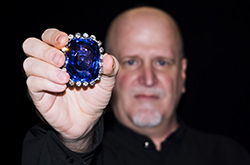
Developing a comprehensive colored stone grading system has been the dream of gemologists since the late 1970's, but despite a number of valient attempts, we are no closer to the goal today than we were four decades ago. This article examines the various problems of colored stone grading, explaining why the challenges are at least an order of magnitude greater than the grading of diamonds.
-
Lao Sapphires — Laos – Land of a Million Elephants... & Sapphires
- Date: 2011-06-01

The history of the Lao sapphire mines at Ban Huay Xai is detailed, along with modern mining by Hong Kong based Sino Resources Mining Corp. Ltd. from 2006–2012.
-
Made You Look — Challenges of Identifying Inclusions at First Sight
- Date: 2021-09-01
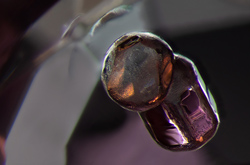
This article discusses the challenges of identifying inclusions based on observation alone. While certain features can help narrow down the possibilities, other methods such as micro Raman help identify inclusions with a greater degree of certainty.
-
Oiled Gems Lab Alert — Lotus Gemology
- Date: 2015-04-03
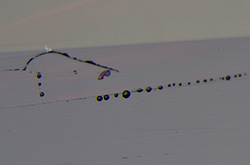
Lotus Gemology warns that oiled rubies, sapphires and spinels are entering the Bangkok wholesale market in increasing numbers. Most, but not all, of these gems are originating from Burma.
-
Padparadscha or Pretender — An Unusual Pink-Orange Sapphire
- Date: 2016-06-01
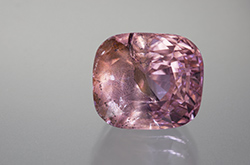
An orangish pink “padparadscha” sapphire was submitted for testing at Lotus Gemology’s Bangkok laboratory. Testing showed a number of conflicting features that suggested the gem was a cleverly treated synthetic pink sapphire designed to imitate natural padparadscha.
-
Ruby & Sapphire Color Types — From Peacock to Pigeon's Blood
- Date: 2015-04-08
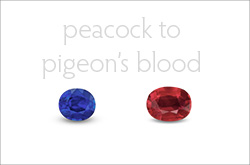
Rubies and sapphires occur in a variety of colors. From peacock blue to pigeon's blood red, this article looks at the color types for ruby and sapphire used at Lotus Gemology.
-
Rutile Silk in Sapphire — Discovery in 1878
- Date: 2015-03-15
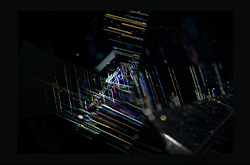
In 1878, the noted Austrian mineralogist, Gustav Tschermak von Seysenegg [1836–1927], was the first to properly identify silk in corundum, finding it to be composed of the mineral rutile (TiO2). An English translation of his landmark paper is included, along with the original German version.
